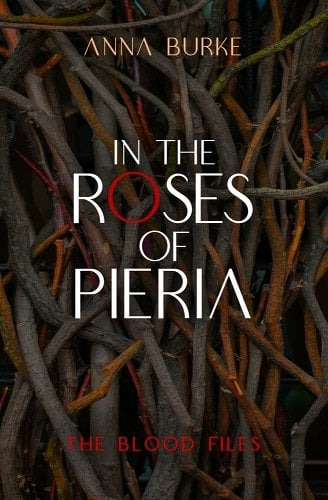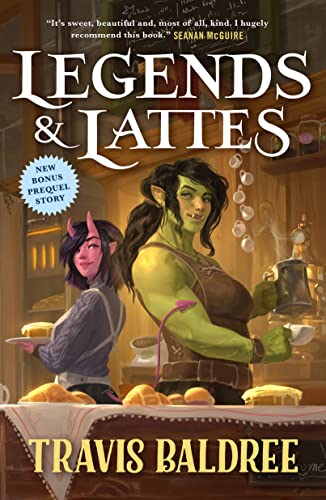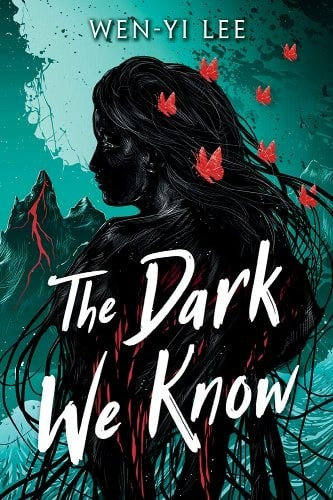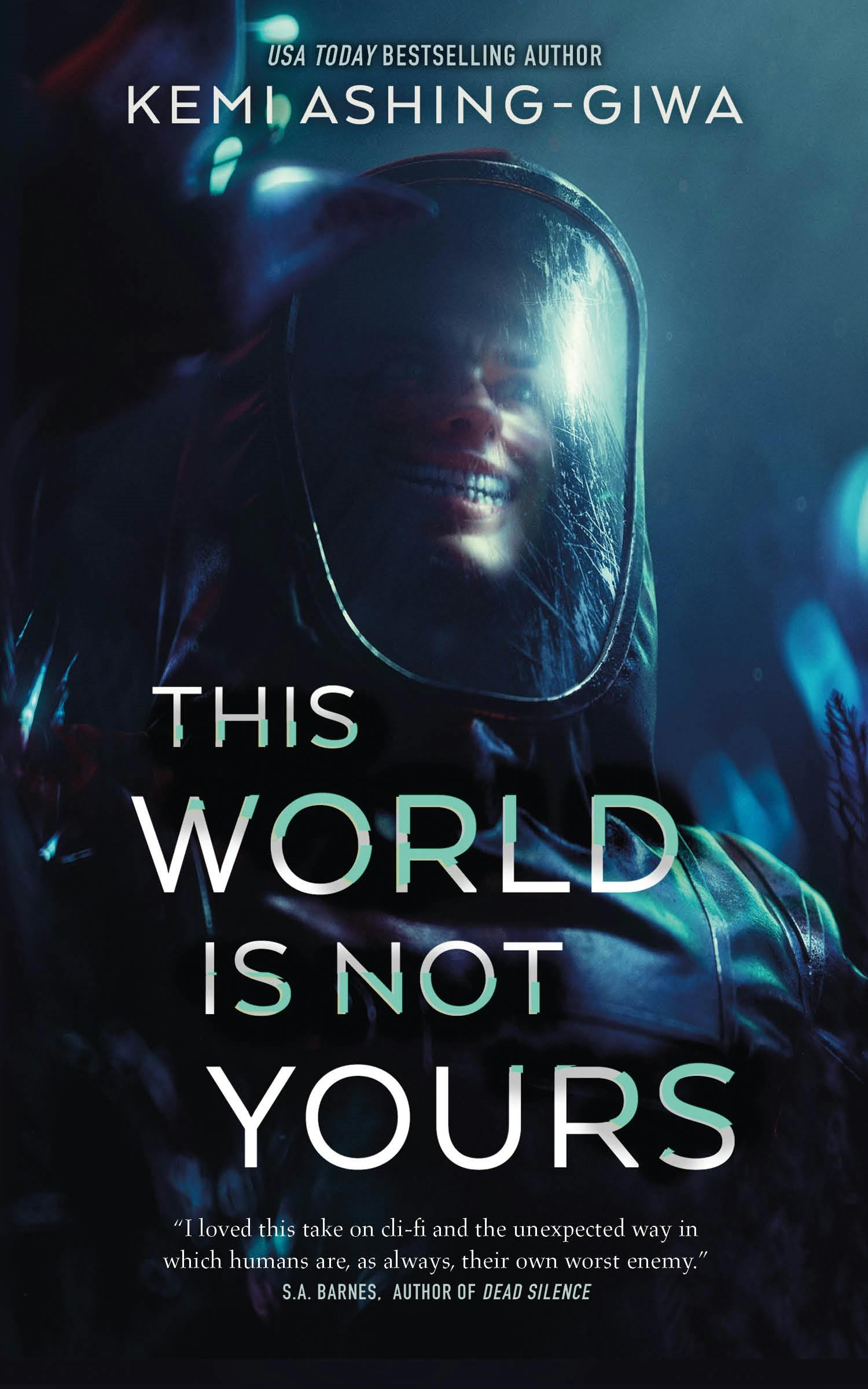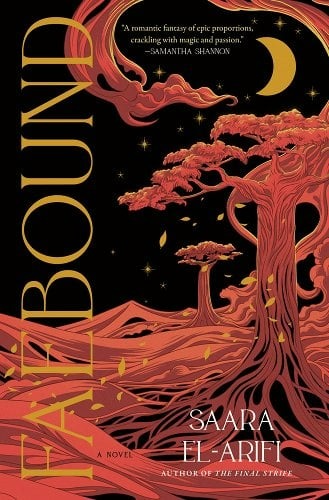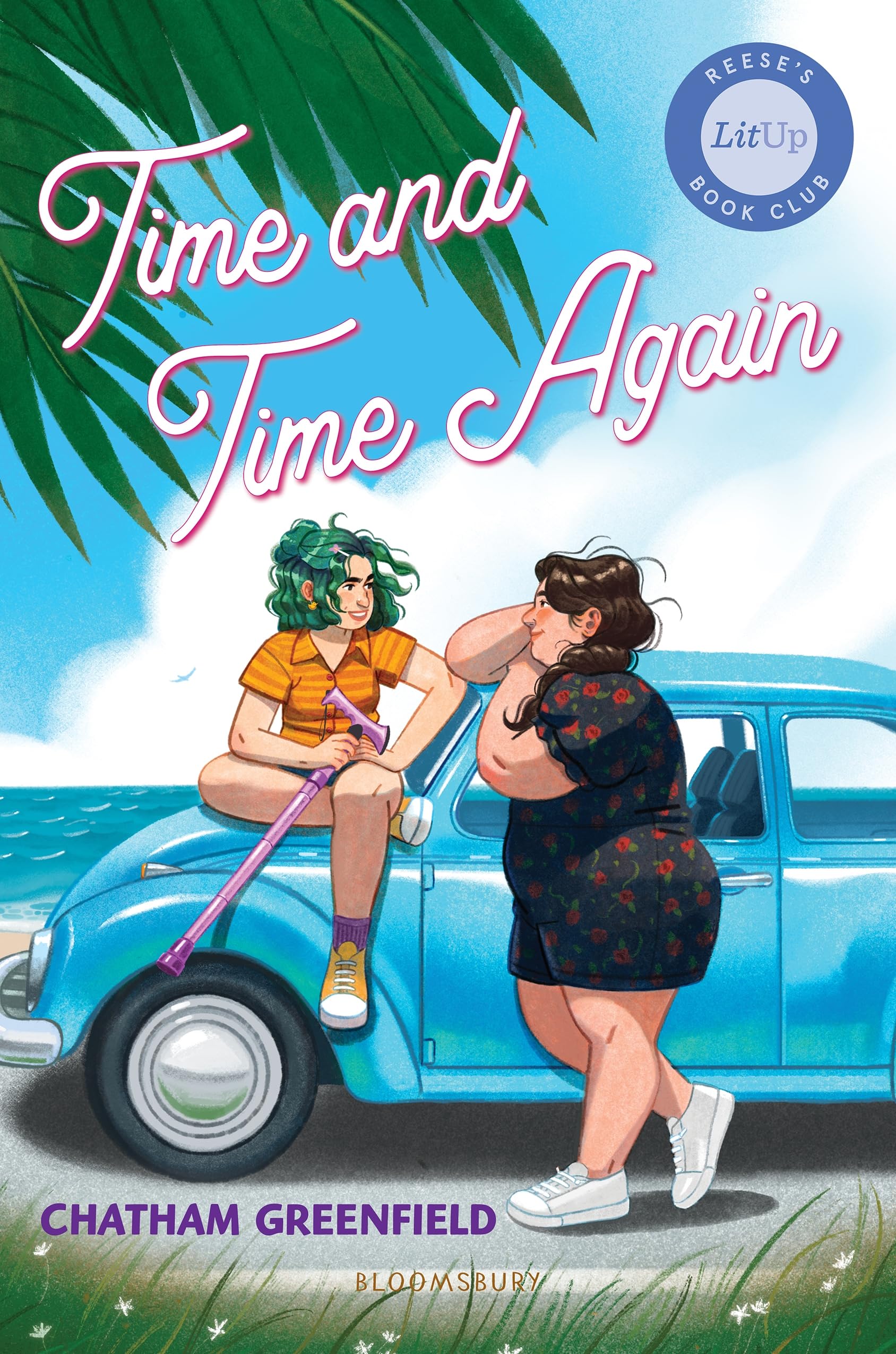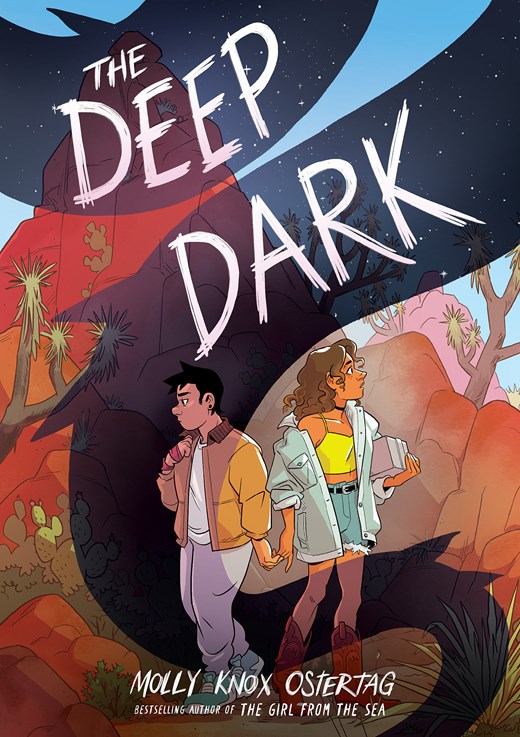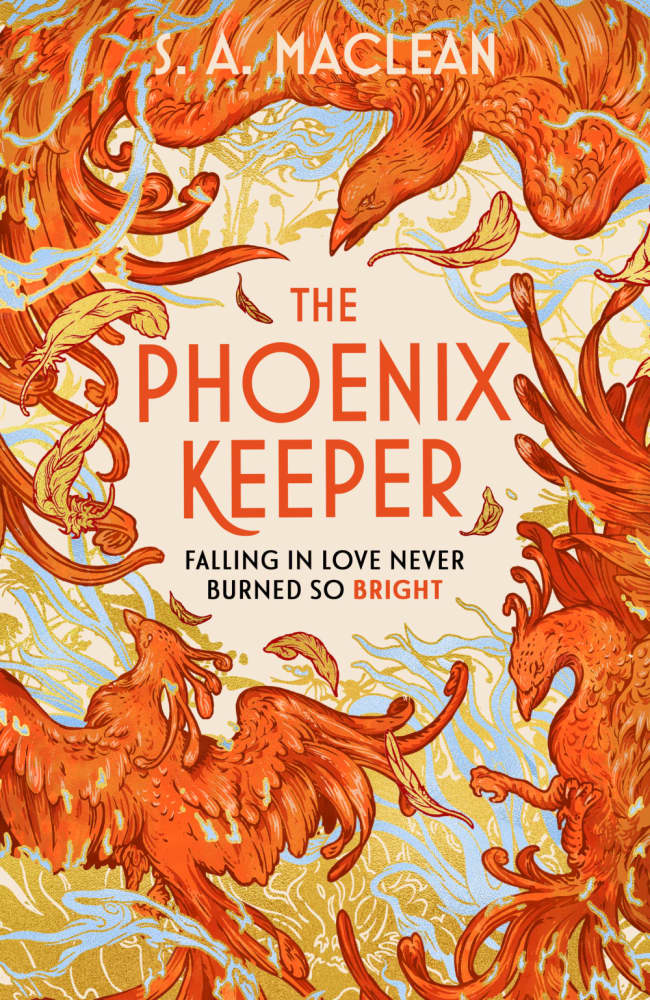Before we embark on our journey, a disclaimer: Anna Burke is a former professor and a friend, which is why I hesitated to write about In the Roses of Pieria. But who am I to second guess optics, and why should I let that get in the way of sharing one of my favorite moody OctoberRead More
Sapphic Romance and Found Family in a Magical Cafe: Legends & Lattes by Travis Baldree
This was so cosy and heartwarming to read. I’ve been trying to get into the fantasy genre, and for those of us who want to ease into the genre slowly and gently, I’d recommend you pick this book up. The book commences with Viv, who has left behind a past full of blood, fighting, andRead More
A Small-Town Haunting: The Dark We Know by Wen-yi Lee
Wen-yi Lee’s The Dark We Know follows Isadora Chang, an art student who left her small hometown after the deaths of two of her best friends. Two years later, she returns for the funeral of her abusive father, where she encounters her last surviving friend, Mason. Mason tells her that he suspects their friends were in fact murderedRead More
A Toxic Polycule on a Hostile Planet: This World is Not Yours by Kemi Ashing-Giwa
When The Lesbrary received an ARC of This World is Not Yours by Kemi Ashing-Giwa, I had to pick it up. This science fiction novella, which came out September 10, 2024, takes place on a colony world far in the future and involves space corporation politics, a planet with an unusual ecosystem that probably should not haveRead More
Queernorm Romantasy: Faebound by Saara El-Arifi
Yeeran is a warrior in the elven army and has known nothing but violence her whole life. Her sister, Lettle, is trying to make a living as a diviner, seeking prophecies of a better future. When a fatal mistake leads to Yeeran’s exile from the Elven lands, they are both forced into the terrifying wildernessRead More
A Disabled Jewish Lesbian Time Loop Story: Time and Time Again by Chatham Greenfield
I love a time loop story, so I had to pick up up this sapphic YA take on the trope—especially one with with fat and disabled characters on the cover! In the first chapter, Phoebe is living August 6th for the 26th time in a row. Every day is the same, and every day sheRead More
The Queer Graphic Novel That Had Me Sobbing at 3 A.M.: The Deep Dark by Molly Knox Ostertag
Buy this from Bookshop.org to support local bookstores and the Lesbrary! You’re all fired for not tell me how good this is. I liked The Girl From the Sea, so I put a hold on Ostertag’s newest sapphic graphic novel, but I hadn’t heard anything about it, so I my expectations were pretty grounded. IRead More
When Duty and Love Conflict and Coincide: 3 Sapphic Bodyguard Romances
There are few dynamics more swoon-worthy to me than a bodyguard romance: all of the pining of star-crossed lovers constantly at each other’s side, intense trust and protection, and often some sort of courtly intrigue. To make this sort of relationship work, the characters must be achingly careful and ultimately go through a drastic statusRead More
Queer Cozy Fantasy with Magical Animal Shenanigans: The Phoenix Keeper by S.A. MacLean
Buy this from Bookshop.org to support local bookstores and the Lesbrary! I’m animal lover who’s always looking for more cozy queer fantasy, so this book seemed tailor made for me. It follows Aila, a phoenix keeper at a magical zoo who is trying to restart their phoenix breeding program to help bring the phoenixes backRead More
Love and Rebellion: We Set the Dark on Fire by Tehlor Kay Mejia
Buy this from Bookshop.org to support local bookstores and the Lesbrary! We Set the Dark on Fire by Tehlor Kay Mejia is a young adult novel that follows teenager Daniela as she navigates becoming one of the wives to a vicious up-and-coming young man while simultaneously becoming a secret member of the rebel group La VozRead More
- 1
- 2
- 3
- …
- 37
- Next Page »
